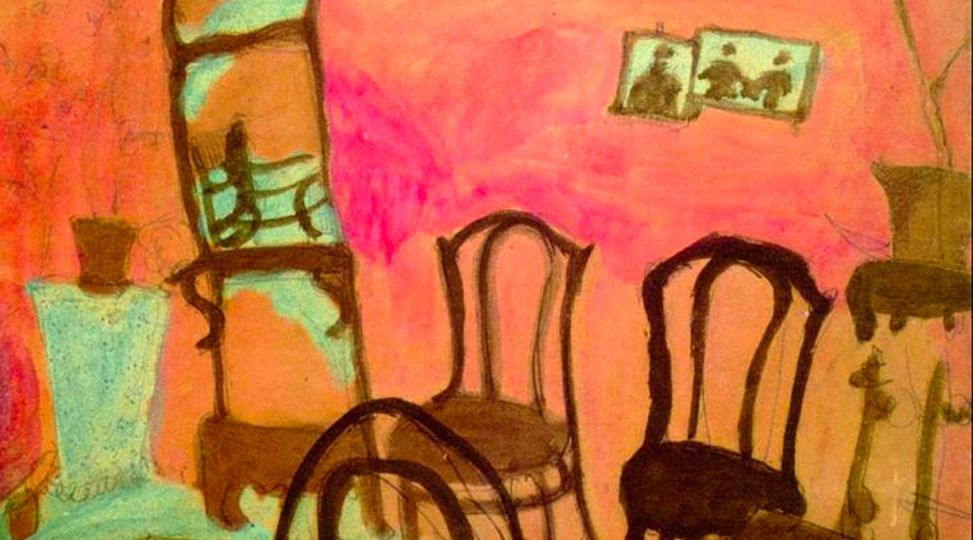The film is arguably an example of INFJ art itself, providing a window into the awakening INFJ nature essential to the culture’s efforts to address power imbalances and welcome a new consciousness toward that which is deemed “other.” This paradigm shift ultimately requires humans to become active participants in an awakening consciousness.
Beebe model
The feeling function has its roots with the archetypal mother. My actual mother had limited tolerance for negative emotions from me. Her outbursts frightened me, and my own feelings terrified me even more. Hillman wrote that the mother-complex, “is the permanent trap of one’s reactions and values from earliest infancy, the box and walls in every situation whichever way one turns.”
Giannini’s model differs importantly from Myers’ in that it does not restrict us to just one predominant function pair associated with one’s preferred perceiving and judging processes. His model provides a greater degree of flexibility in the developmental expression of type-related behaviors as well as enhanced adaptive power for engaging and responding to our various environments.




